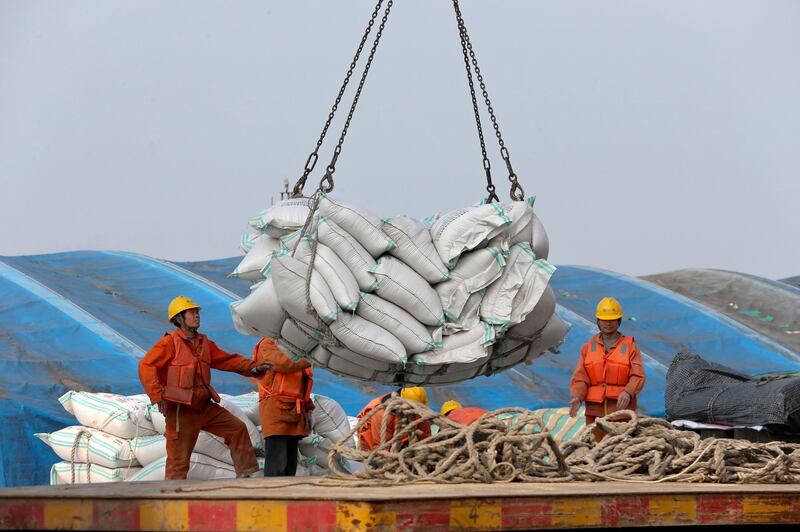The US-China trade war has equally affected the world’s two biggest economies, with consumers in the US enduring higher costs and exporters in China facing a loss of business as some goods are substituted from countries not directly involved in the tiff, a UN report said.
The tit-for-tat tariff war, which began in the summer of 2018, has significantly reduced bilateral trade between the US and China, the United Nations Conference on Trade and Development (Unctad), a Geneva-based intergovernmental body under the UN umbrella, said in a report on Tuesday.
“The additional United States tariffs against China have resulted in a reduction in imports of the tariffed products by more than 25 per cent during the first half of 2019,” Alessandro Nicita, an international trade economist, said. “China’s export losses have increased over time, with losses in the second quarter of 2019 relatively higher than in previous quarters.”
While the decline in exports is substantial, this figure also shows the competitiveness of Chinese firms, Mr Nicita said, as despite tariffs rising, they were still able to maintain 75 per cent of their exports to the US.
Unctad's analysis found indications of Chinese exporters starting to bear part of the costs of the tariffs in the form of lower export prices during the second quarter of this year. China’s export losses in the US also created “trade diversion effects”, with US imports from Taiwan, Mexico, the European Union and Vietnam, among others, increasing substantially.
Exports of China's office machinery goods, which are subject to tariffs, dropped by 65 per cent. Other sectors such as agri-food, communication equipment and precision instruments fell by more than 30 per cent, the study noted.
Addressing a trade imbalance with China has been one of the key campaign promises of US President Donald Trump. However, the rift has pulled down growth in trade volumes globally to just 1 per cent in the first half of this year - the weakest level since 2012. Business confidence has ebbed and the manufacturing sector has also taken a hit, which has pushed the world’s economic growth lower.
The global economy is in a “synchronised slowdown” and projected to decelerate to 3 per cent this year, from 3.6 per cent in 2018, its slowest expansion since the 2008 global financial crisis, as a result of protectionist policies and increased uncertainty related to trade and geopolitics, the International Monetary Fund said in October. The forecast is the fund's fifth consecutive downward revision for the global economy for 2019.
The US and China have gone through several rounds of talks to find a solution to the trade war that could cost the global economy around $700 billion (Dh2.57 trillion), or 0.8 per cent of its output by 2020, according to IMF estimates.
Mr Trump is expected to sign the first phase of a bilateral trade deal with his Chinese counterpart, Xi Jinping, in November, which is an “important economic achievement” for the two countries, the US Secretary of the Treasury, Steven Mnuchin, said in Riyadh on October 29.
The two leaders were expected to meet in Chile at a summit, which the South American nation has now cancelled. Brazil or the US are now the most likely destinations, where the two leaders could meet during the Asia-Pacific Economic Cooperation summit and sing the deal.
The two sides have come close to an agreement in the past as well, but have not managed to end their differences. There are no guarantees they will be able to ink a deal this time.
To sweeten the pot, the Trump administration is debating whether to remove some existing tariffs on Chinese goods as a concession to seal the deal, according to a Financial Times report, which cited people briefed on the discussions.
The White House is considering whether to roll back levies on $112bn of Chinese imports — including clothing, appliances, and flat-screen monitors — that were introduced at a 15 per cent rate on September 1.
The US would likely expect something in return, including beefed-up provisions on the protection of intellectual property for US companies, greater certainty on the scale of Chinese purchases of US farm products, and a signing ceremony for the agreement on American soil.
Washington has already suspended a planned increase in tariffs on $250bn of goods from 25 per cent to 30 per cent that was due to take effect on October 15, after a visit from top Chinese negotiators to the US capital in early October, according to the report.








